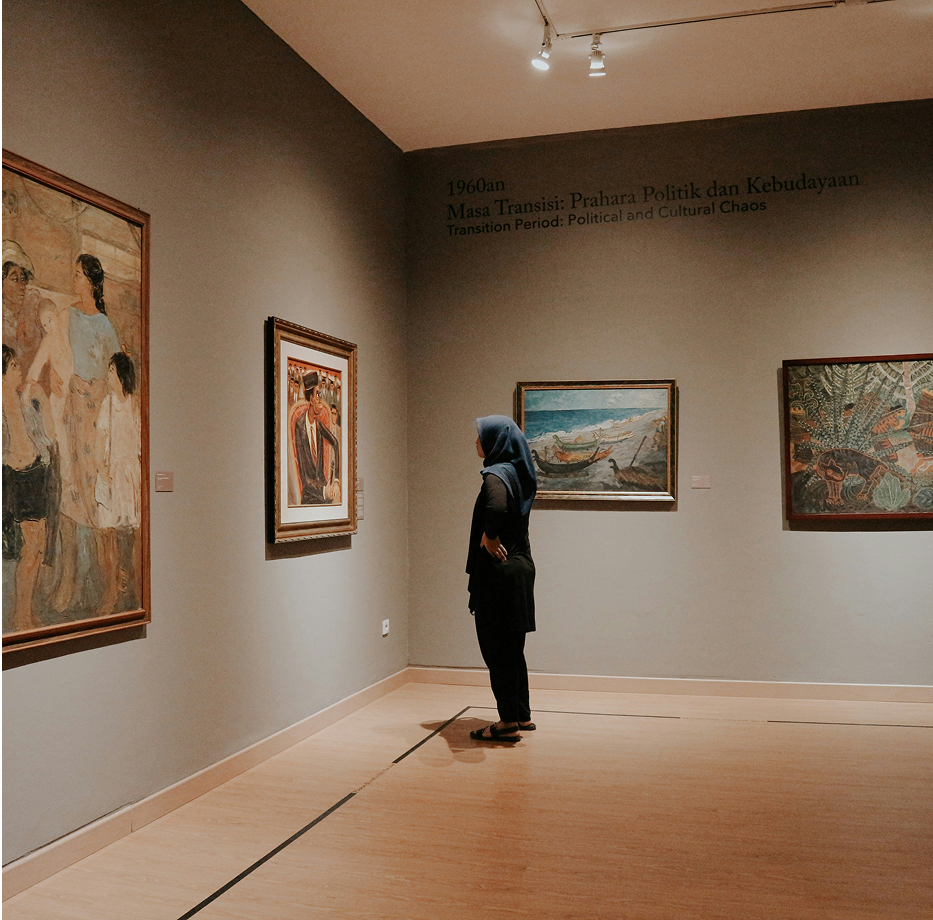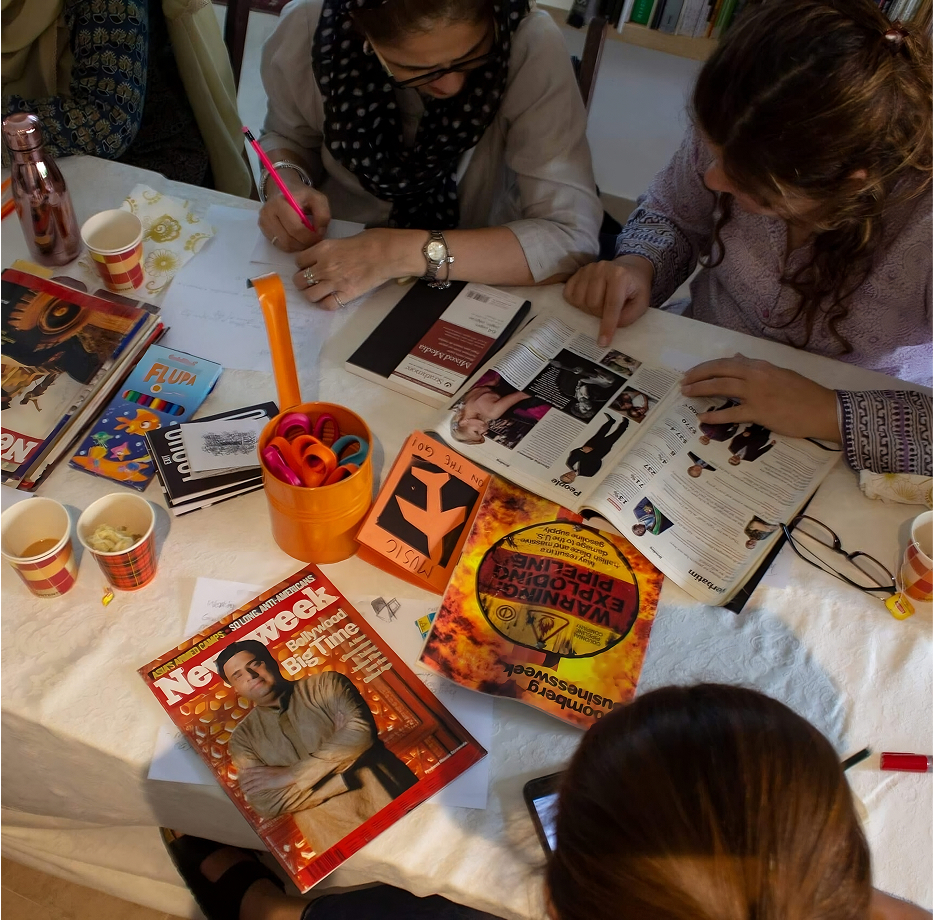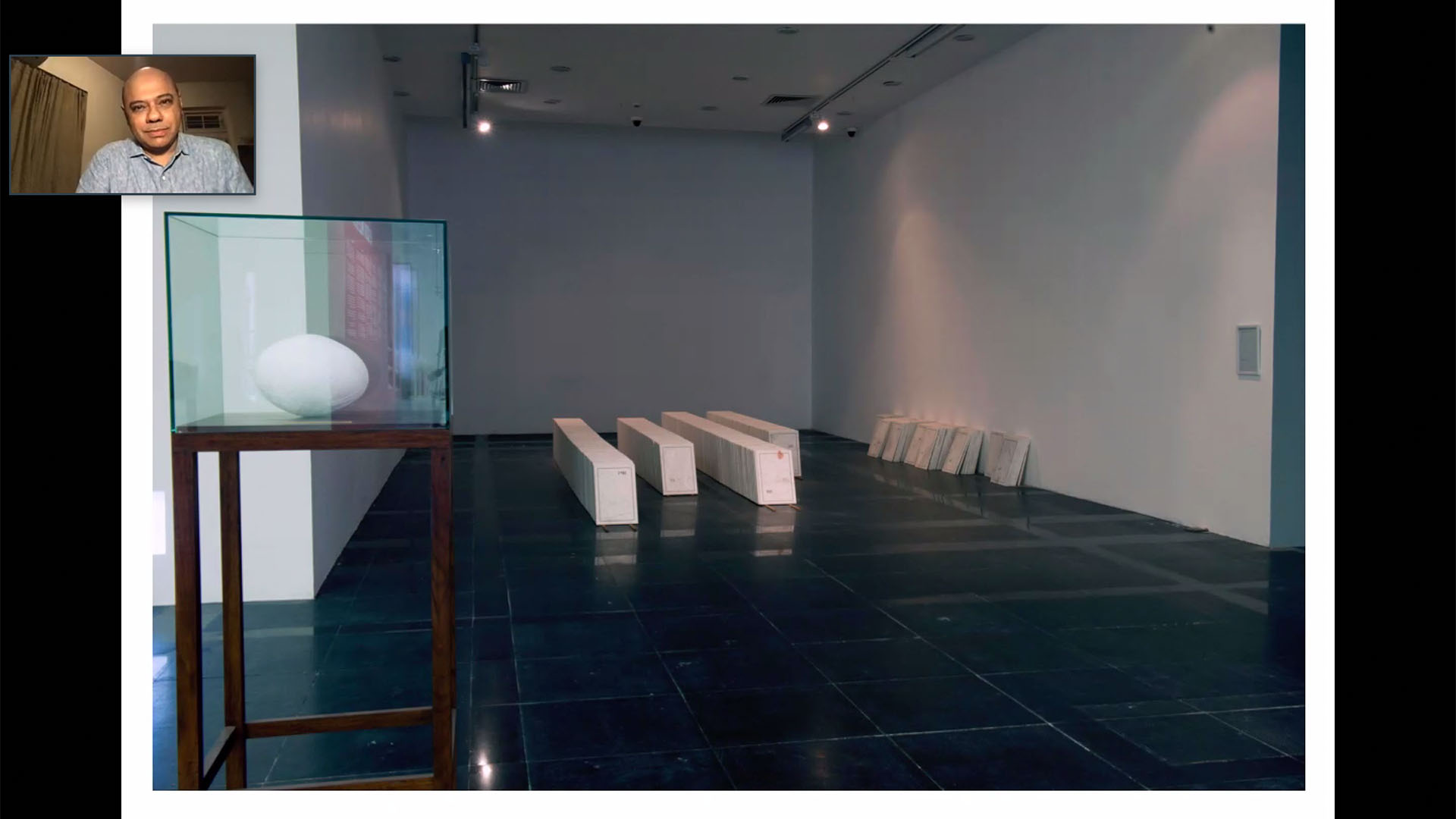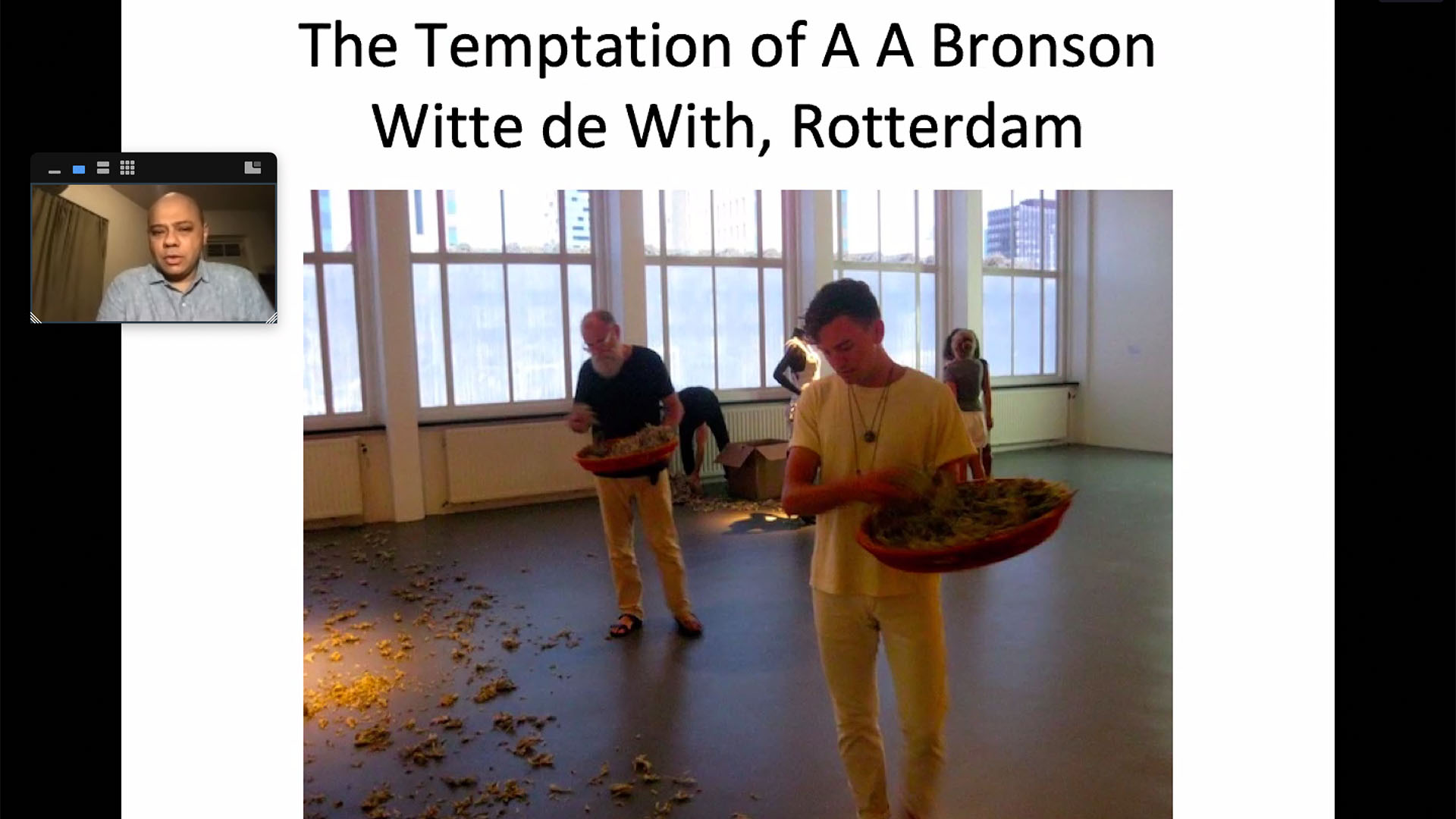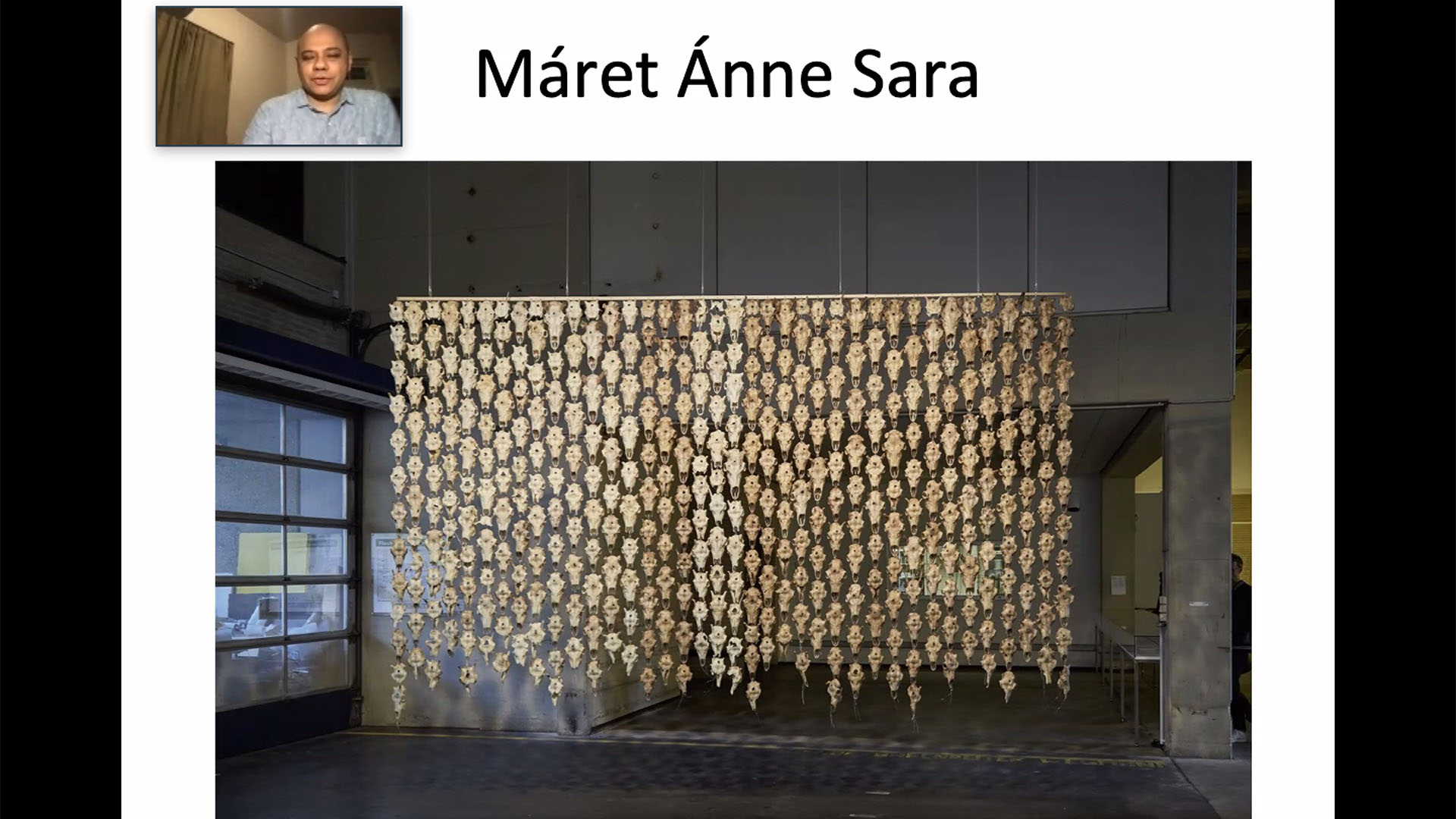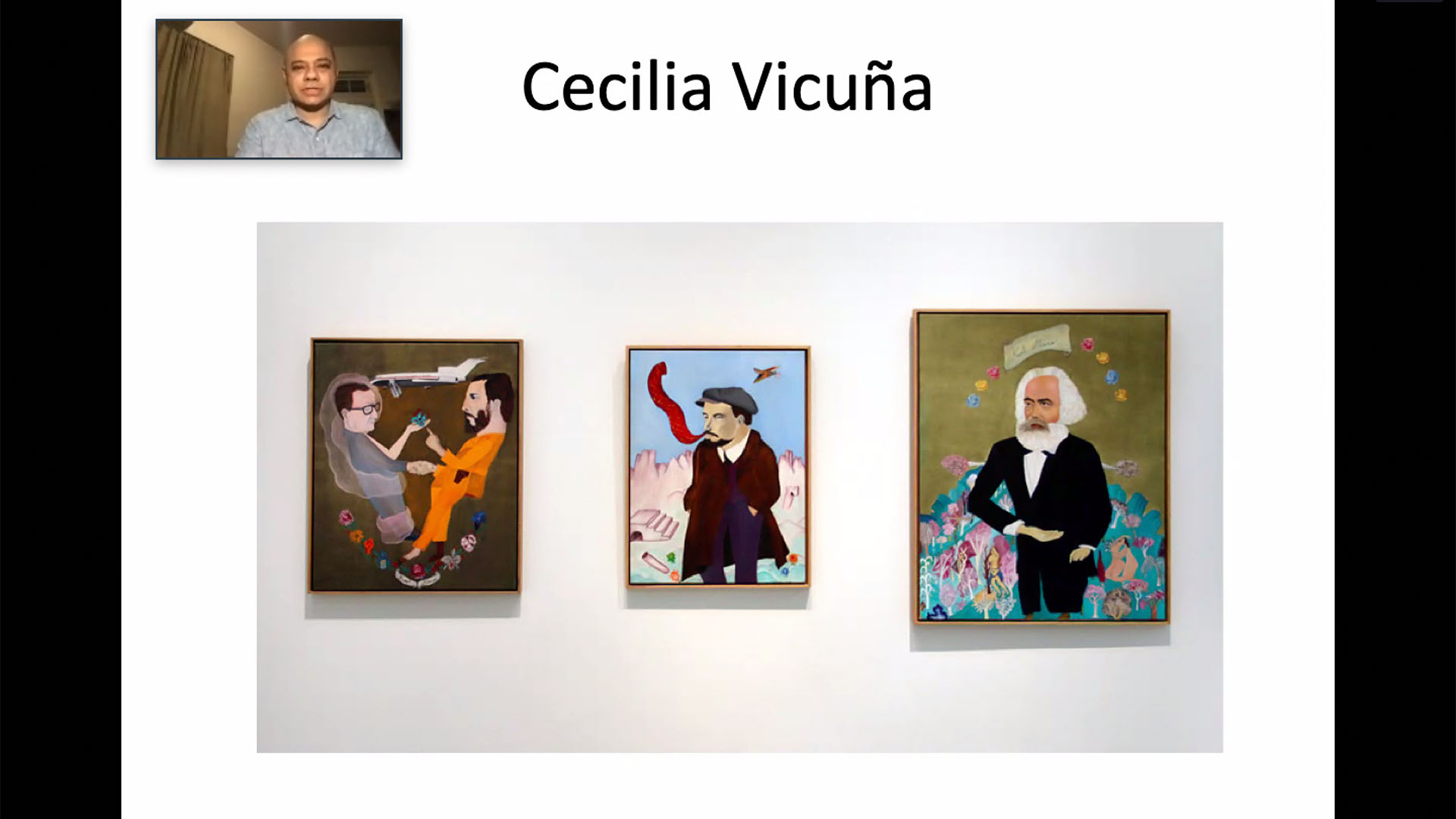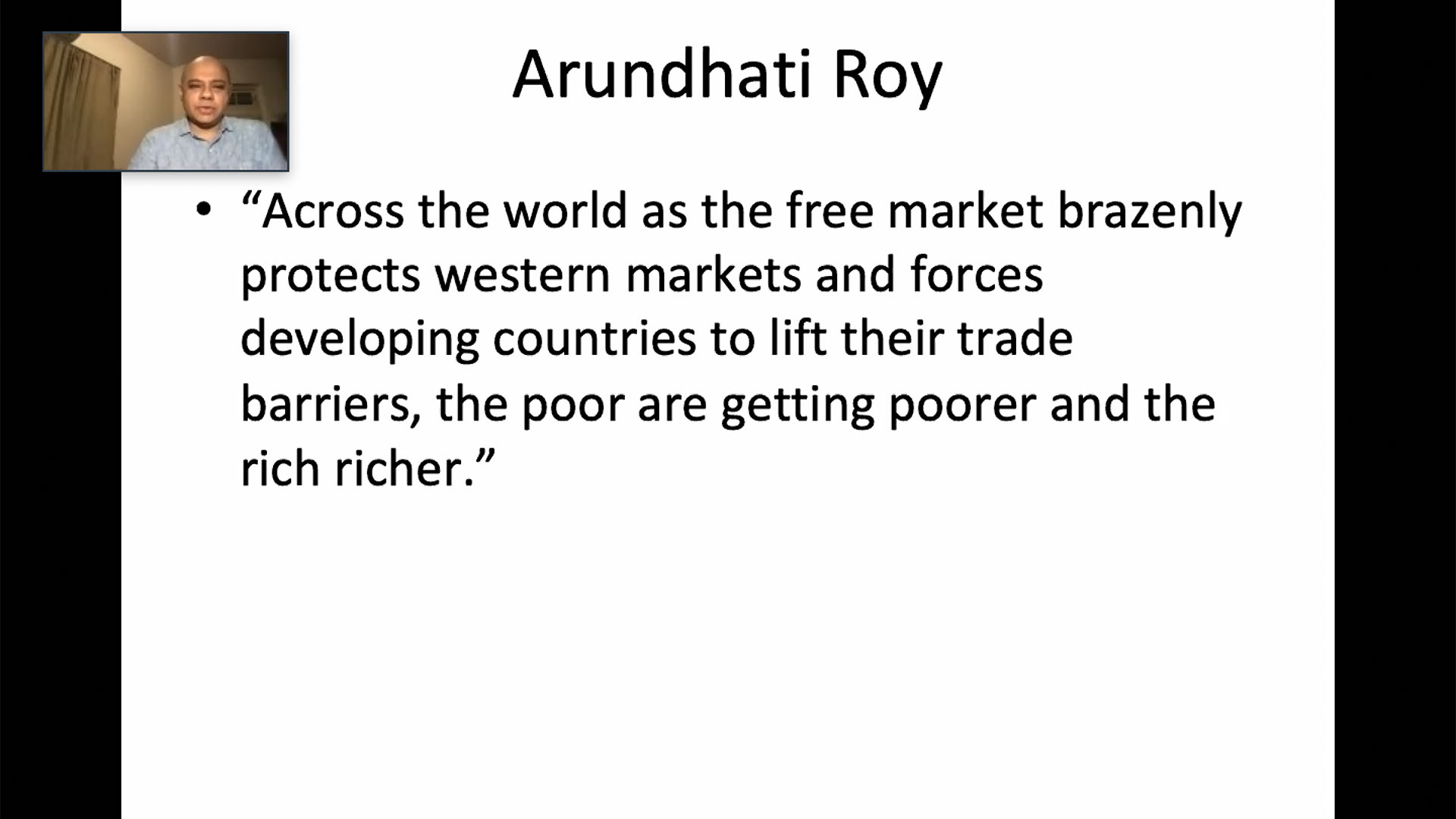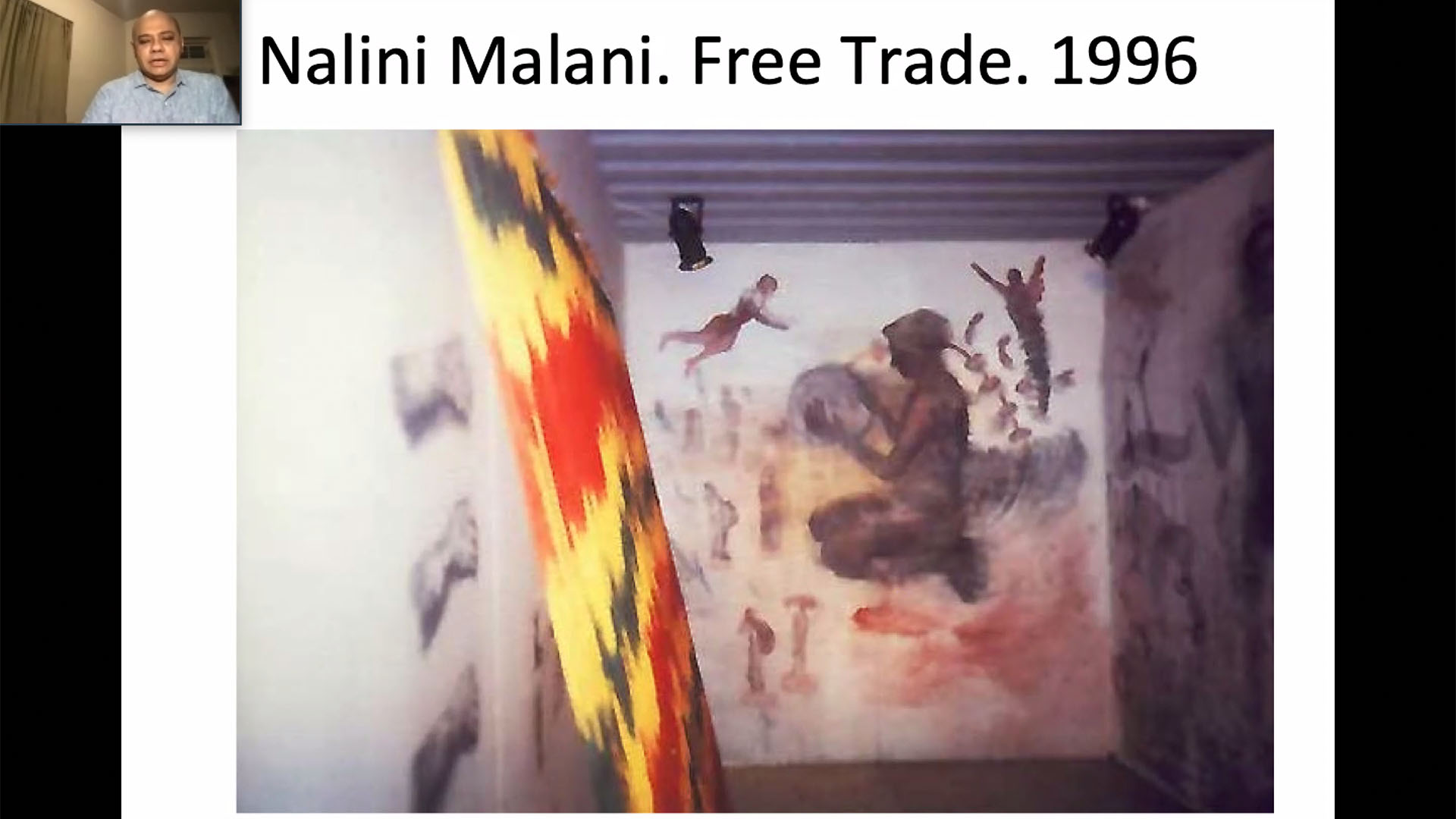About
The Tyranny of Theory began with the proposition that theory is contemptuous of empirical understanding, providing the example of Walter Benjamin’s idea of the aura of the art object as an illustration. Indian theorists and curators have been receptive to this idea despite their lived experience of seeing mechanical reproductions, specifically prints of Hindu gods and goddesses, being widely worshipped, indicating contrary to Benjamin’s central thesis, such images do not intrinsically lack aura. Girish Shahane discusses the dominant curatorial theory viewed globalisation as merely an extension of colonialism in the 1990s. The reaction to globalization led to a valorisation of the local, which opened the door to a celebration of irrational belief systems. The anti-rational trend of contemporary curatorial theory is not without costs in the real world. An example is the case of South Africa during the AIDS crisis, when President Thabo Mbeki rejected antiretroviral drugs as products of neo-imperialist pharmaceutical companies, leading to an estimated Indian artists and curators aiming at an international audience have absorbed these attitudes and ideas. Since curatorial theory is preoccupied with issues that have global resonance, this loose group, while thinking of itself as deeply political, is perceived by knowledgeable observers as being disengaged from the most pressing national political issues, which their colleagues in theatre, cinema, literature and other art forms have addressed.
Participants
Dania Shah Khan, Maha Minhaj, Natasha Malik, Rahul Gudipudi, Saira Danish Ahmed, Salima Hashmi, Shaheen Jaffrani, Sophia Balagamwala, Veera Rustomji, Zahabia Khozema & Zena Khan.


